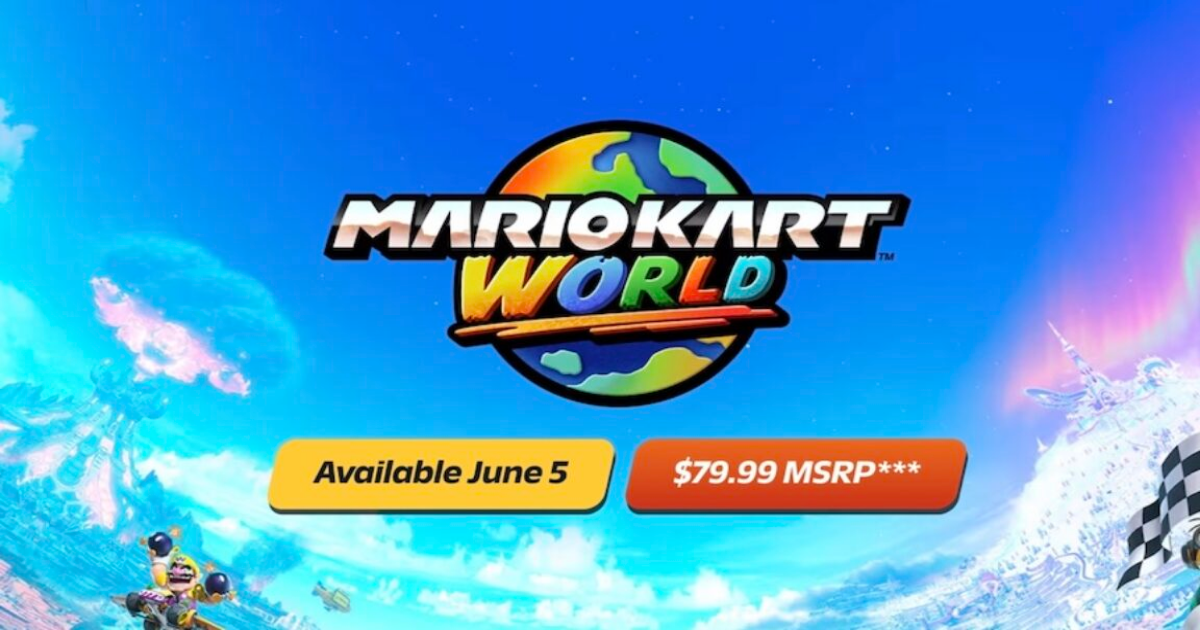Nintendo’s Switch 2 presentation gave us pricing for the console ($449 to start) and Nintendo’s product pages have given us pricing information for accessories ($80 for a Pro Controller, $90 for another pair of Joy-Cons, and $110 for a replacement dock, sheesh). But what Nintendo didn’t mention during the presentation was game pricing, either for standalone Switch 2 titles or the Switch 2 Edition upgrades for existing Switch games.
Nintendo announced via its website after the presentation that Mario Kart World, the console’s flagship launch title, will cost $50 when you buy a digital copy as part of a Switch 2 bundle. But the game will cost $80 when you buy it on its own, $30 more than the pack-in version and $20 more than the usual $60 price for first-party Switch games.
Pre-order listings at US retailers that have gone live since this morning also list several $80 games—we’ll use Wal-Mart’s as an example. The upgraded Switch 2 Editions for a trio of Switch games—2024’s Super Mario Party Jamboree, 2023’s The Legend of Zelda: Tears of the Kingdom, and 2022’s Kirby and the Forgotten Land—are all going for $80, the same as Mario Kart World.
That doesn’t mean that $80 is the starting price for all Switch 2 games. Donkey Kong Bananza, slated for a near-launch July 17 release, has a $69.99 MSRP, which is more in line with the $70 default for PlayStation 5 and Xbox Series X/S games. Wal-Mart also lists the Switch 2 Edition of 2017’s The Legend of Zelda: Breath of the Wild for $70.
Nintendo hasn’t explained what makes a $70 game worth $70 or an $80 game worth $80. Mario Kart World does have more robust online play that will cost money to support long-term, and the three Switch 2 re-releases are all for relatively recent games. But Donkey Kong is a brand-new first-party release that shares little in common with Breath of the Wild, a Switch launch title from eight years ago (and one that began life as a Wii U game, to boot).
Inflation alone would be enough to justify these price increases—a $60 game in 2017 could cost $78 now (though that’s using the overall rate of inflation, and prices have risen more steeply in some corners of the economy than others). But with a new console comes the potential for better and more detailed graphics, and those can take more money to produce, too.
